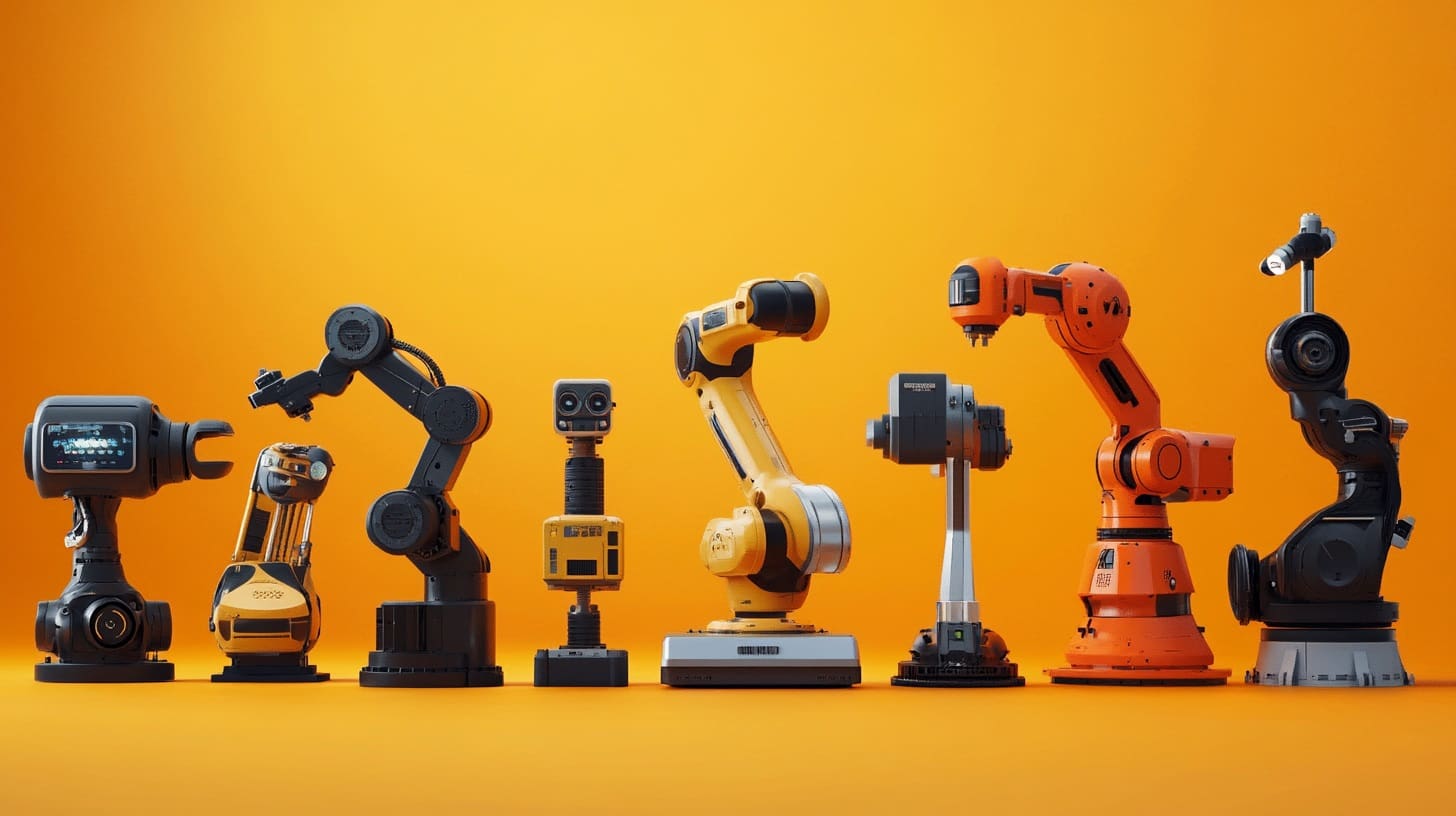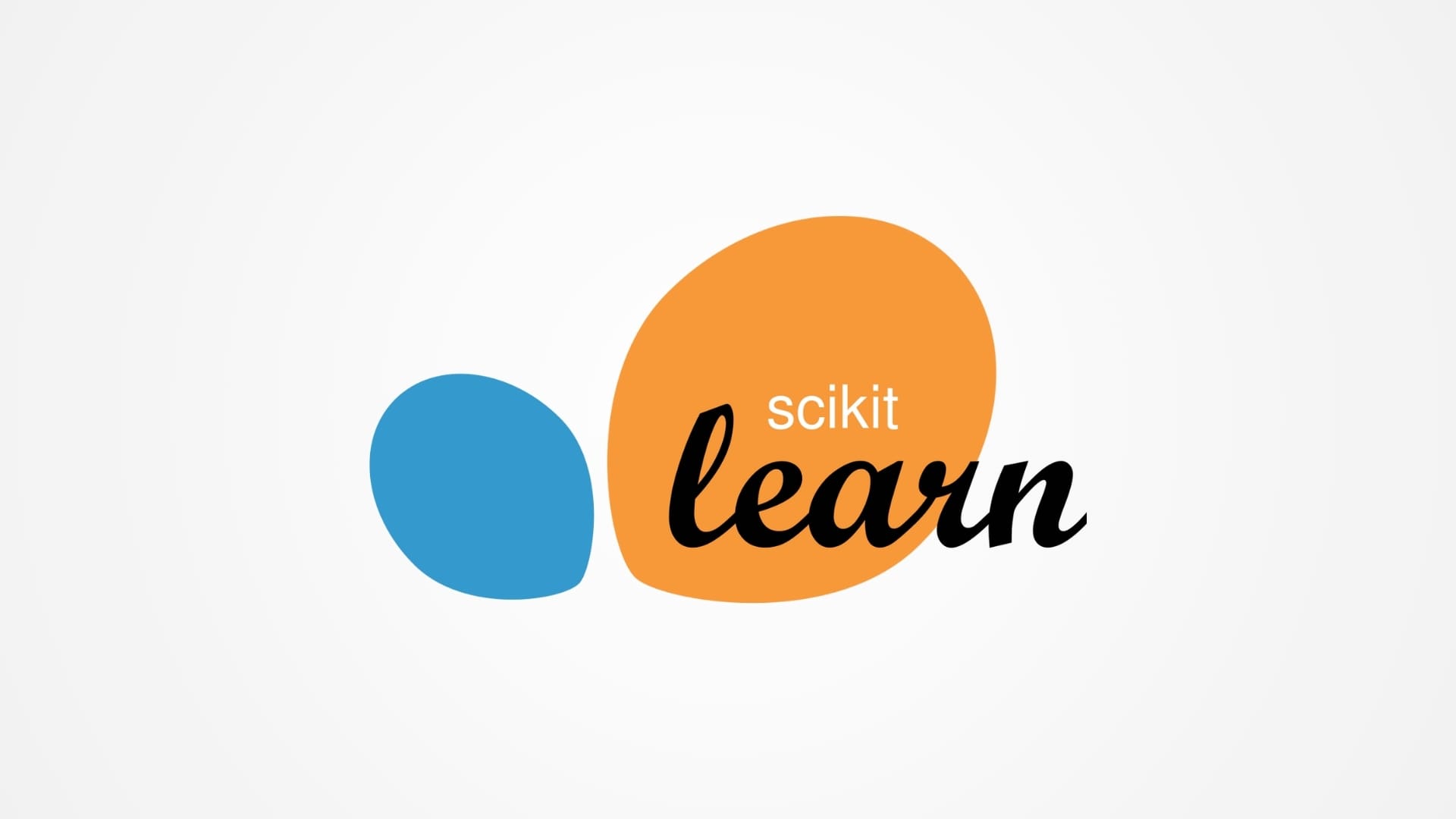Synthetic biology combines the principles of engineering, biology, and computer science to redesign and create new biological parts, devices, and systems that do not exist in the natural world. 3D printing, also known as additive manufacturing, has emerged as a transformative tool in synthetic biology, providing unprecedented capabilities to fabricate complex, customized, and precise biological structures. This integration enables researchers to build synthetic tissues, microorganisms, and biological systems with specific, designed functions, paving the way for advancements in medicine, environmental science, and biotechnology.
The Emergence of 3D Printing in Synthetic Biology
Initially utilized for prototyping in manufacturing and design, 3D printing has been adopted in synthetic biology due to its ability to produce highly customized and complex structures that are not feasible with traditional manufacturing techniques. The technology allows for the precise layering of biological and chemical materials in patterns that mimic natural biological processes, thereby facilitating the creation of engineered living systems with desired functions.

Advantages of 3D Printing in Synthetic Biology
Customization and Precision: 3D printing offers unparalleled precision in the fabrication of biologically active structures, allowing for the design and production of components with molecular accuracy.
Complexity and Multifunctionality: The technology enables the creation of structures with complex geometries and multiple materials, which can be designed to perform specific biological functions or host multiple types of cells in defined architectures.
Rapid Prototyping: 3D printing accelerates the design and testing process, enabling rapid iterations of synthetic biological constructs, which is crucial for the fast-paced development cycles typical in synthetic biology.
Cost Efficiency and Scalability: 3D printing reduces the costs associated with creating sophisticated biological models and is scalable from small laboratory setups to larger industrial applications, facilitating broader adoption and innovation.
Key Applications of 3D Printing in Synthetic Biology
Bioreactor and Microbioreactor Development: Custom bioreactors are essential for culturing engineered organisms, and 3D printing allows for the precise control over the features of these reactors, optimizing conditions for growth and production of biological products.
Synthetic Tissue and Organ Fabrication: Researchers use 3D printing to create synthetic tissues and organs that can mimic or enhance natural functions, offering potential solutions for organ transplantation and pharmaceutical testing.
Microbial Communities: 3D printing enables the design of structured microbial consortia where different species are placed in strategic locations to maximize productivity and stability, important for applications such as waste treatment and bioenergy production.
Drug Discovery and Delivery Systems: Synthetic biology and 3D printing converge to develop new drug delivery systems that can precisely control where, when, and how drugs are released, enhancing treatment effectiveness and patient compliance.

Challenges in 3D Printing for Synthetic Biology
Material Compatibility: Developing materials that can support biological activity and maintain structural integrity during and after printing is challenging. These materials must also be compatible with living cells and biologically inert to avoid unwanted reactions.
Biological Viability and Stability: Ensuring the survival and functional stability of cells and biological molecules during the 3D printing process is crucial. The conditions involved in printing, such as pressure and temperature, can affect biological viability.
Ethical and Regulatory Concerns: Synthetic biology raises significant ethical questions, particularly regarding the creation of living organisms. 3D printing these structures adds complexity to these discussions, necessitating clear regulatory frameworks to guide research and application.
Technical Expertise: The interdisciplinary nature of combining 3D printing with synthetic biology requires expertise across biology, engineering, and material science, making collaboration and training essential for advancing this field.
Future Directions in 3D Printing for Synthetic Biology
Advancements in 3D printing materials and techniques are set to expand the possibilities in synthetic biology further. Future research may focus on developing more sophisticated bio-inks that can support higher degrees of cellular complexity and function. Innovations in multi-material printing will also likely enhance the ability to create more intricate and functionally diverse synthetic biological systems.
3D printing is revolutionizing synthetic biology by providing powerful tools to design and fabricate complex biological systems with precision and customization. As both fields evolve, the potential to create synthetic organisms and biological systems with novel functions could significantly impact medicine, environmental sustainability, and biomanufacturing. The ongoing development of 3D printing technologies promises to further enhance the capabilities and applications of synthetic biology, driving forward the bioengineering frontier.








